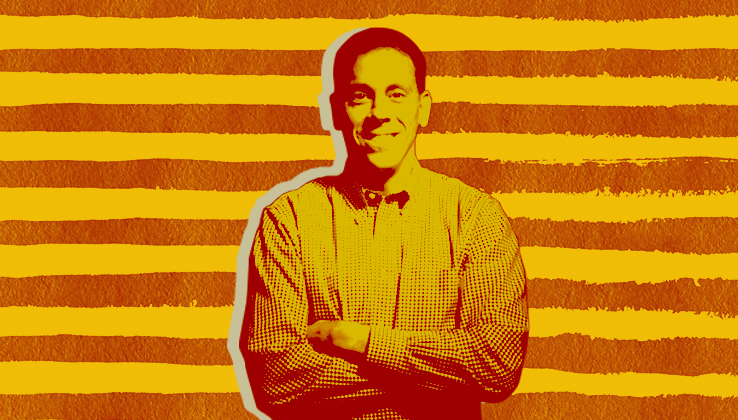Connect with execs from The New York Times, TIME, Dotdash Meredith and many more
Axios’ Jim VandeHei: ‘Don’t ever tether your business to the benevolence of another company’

Subscribe: iTunes | Google Play | Stitcher
In the year since Axios launched, the company has raised $30 million in two rounds of funding and is already a touted news source, especially for Washington heavyweights. We checked in with Jim VandeHei, CEO and co-founder of Axios, on this week’s Digiday Podcast about what has worked for the publisher and if its approach has changed since VandeHei last joined the show in April.
“Our goal is to double revenue from last year. Everything we do, we have to see a very clear link to revenue in the short term, knowing that whatever we build will drive revenue instantaneously,” said VandeHei on the podcast. “If you say you can’t [see a way to make money off of it] today, but you’ll figure it out tomorrow, you probably don’t have yourself a company — you have a prayer.”
Edited highlights from the episode appear below:
The highly engaged audience has the most value
“What is your hyper-engaged audience? We look at monthly uniques, but we also look at the couple hundred thousands who come every day. They all happen to be C-suite, politics and technology. Our open rate is still about 50 percent across all newsletters now. We put the onus on you [the audience] to opt into the newsletters. That’s a great sign on engagement. What has value in media is: Do people need and value your product and know they’re getting it from you?”
Venture capital funding is insurance
“We didn’t know we had to raise much money at all, probably because we have a reputation for building good products. Revenue came in almost instantly. We raised $10 million in the first round, and in the second round, we raised $20 million, but the bulk of that is an insurance policy in case of an economic calamity or a potential war with North Korea. We know that we have more than enough cushion to get to where we need to be as a media company. I don’t anticipate having to raise money in the short term based on our revenue, cash flow and cash burn.”
Testing subscriptions
“We’re beta testing [subscriptions]. By the end of the year, we want to have a plan in place for high-end subscriptions. Our theory hasn’t changed: You build a brand, audience and loyalty. Once you have that, you build a subscription model on top of it. Our bias is toward a high-end subscription business model like with Politico Pro, which is a high-value, high-dollar subscription.”
Running a media business in the platform era
“Don’t ever tether your business to the benevolence of another company. Facebook’s job is to drive value for Facebook. It’s not their job to save publishers or to drive revenue for niche publishers.”
Expect more upheaval in the industry
“I think there’s a lot more disruption to come. There should be. There’s a still a lot out there that doesn’t make business sense. You see big companies getting bigger, more powerful and stronger, like The New York Times and Washington Post. They’re going to continue to force consolidation. They will also eat up the money Google and Facebook leave for the rest of us to fight over.”
More in Media

Retail media meets publishing: News UK, Future and Ocado tap clean room tech for smarter data targeting
News UK, The Independent, Immediate Media and Future are teaming up with retail media network Ocado to test clean room-powered data matching.

From sidelines to spotlight: Esports events are putting creators center stage
Esports events’ embrace of content creators reflects advertisers’ changing priorities across both gaming and the wider culture. In the past, marketers viewed esports as one of the best ways to reach gamers. In 2025, brands are instead prioritizing creators in their outreach to audiences across demographics and interest areas, including gaming.

Condé Nast and Hearst strike Amazon AI licensing deals for Rufus
Condé Nast and Hearst have joined the New York Times in signing a licensing deal with Amazon for its AI-powered shopping assistant Rufus.








